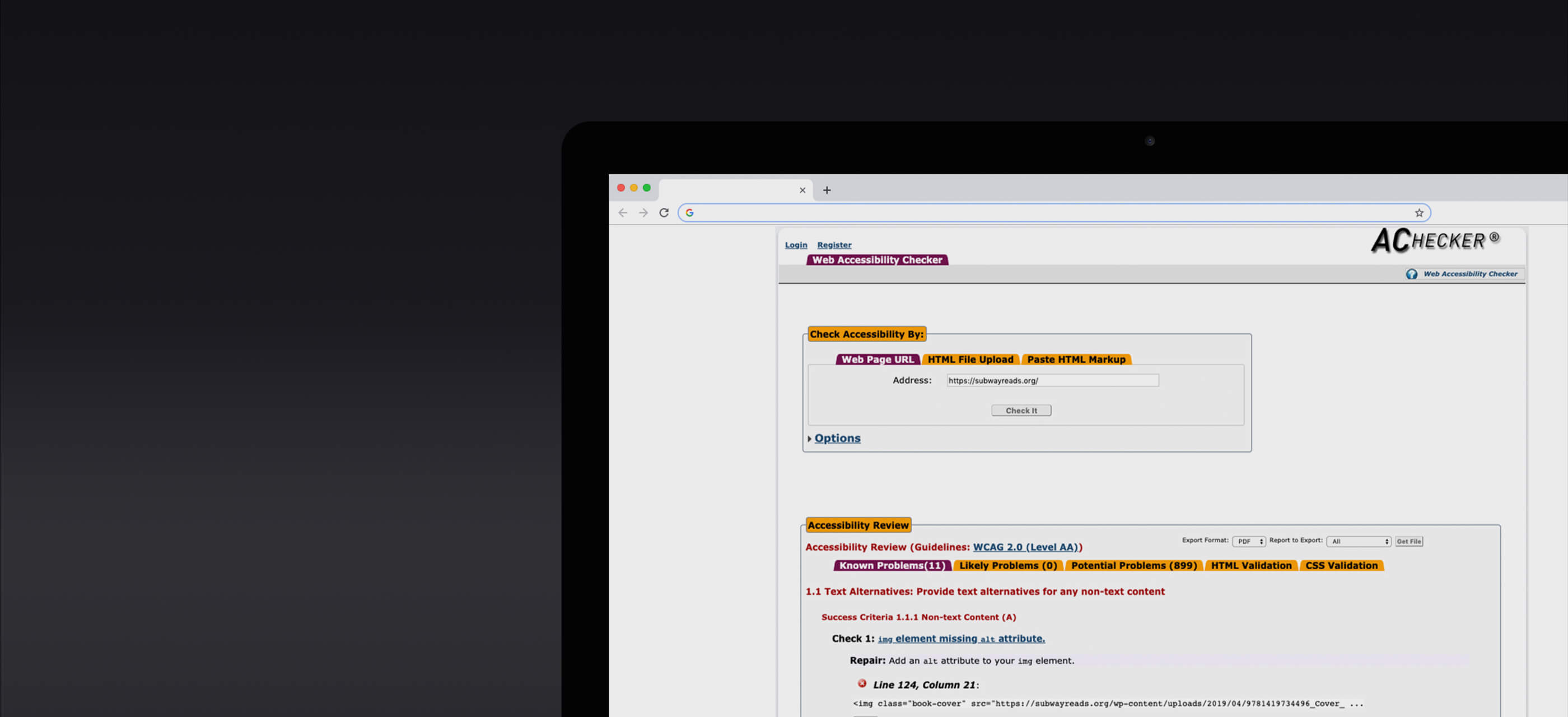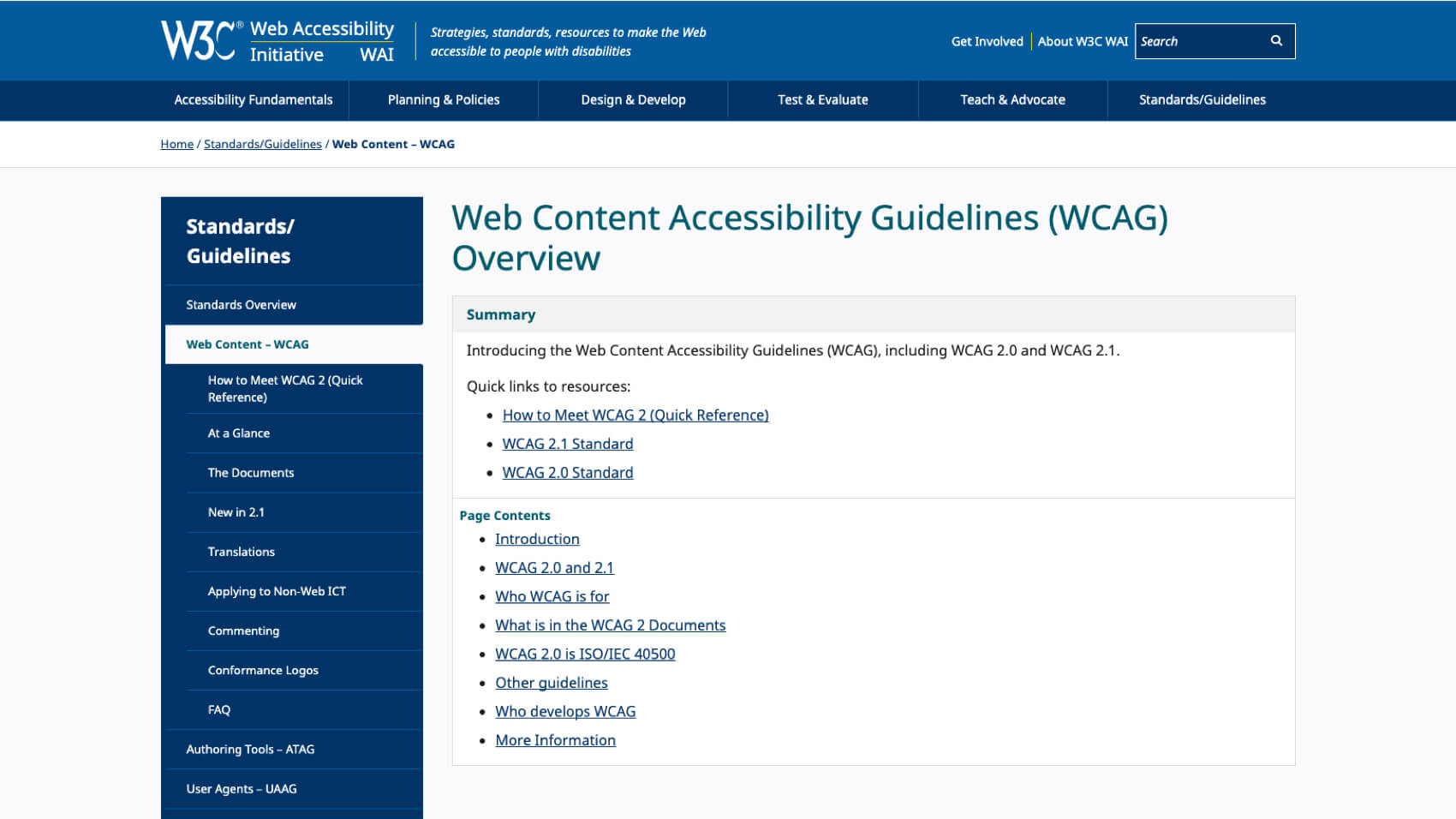By using our site, you agree to our Cookie Policy
Accept

Promote accessibility, protect your bottom line
The Web Content Accessibility Guidelines, produced by the World Wide Web Consortium, may be a mouthful, but don’t let that throw you. When it comes to website compliance, WCAG is your friend.
Numerous companies, organizations, and corporations have faced costly litigation and hefty fines for websites that didn’t comply with the Americans With Disabilities Act (ADA), which prohibits discrimination against those with disabilities. The act itself offers no blueprint or guidelines for compliance, but various courts and the Department of Justice have referenced WCAG as a standard.
To complicate things just a bit more, the accessibility guidelines are broken down into three levels of compliance: A (lowest), AA (mid-range), and AAA (highest). With each successive level, the demands on web designers and developers increase. A comprehensive guide to the regulations can be found here, but for just one example, Level A requires captions for all prerecorded audio content. AA, on the other hand, requires captions for live audio content as well, and AAA requires sign language interpretation.
Which level of compliance should you aim for? Start with the minimum, but AA is the standard typically targeted for legal accessibility.


To account for the latest changes in technology, such as mobile accessibility concerns, WCAG was updated from version 2.0 to 2.1 in June 2019. The newer version doesn’t supersede its predecessor but rather acts as a supplement. Any site that complies with 2.1 necessarily complies with 2.0.
While WCAG 2.0 Level AA is still frequently cited in court cases, we encourage our clients to act proactively and comply with the latest additions as well. When it comes to our clients’ interests, we do our homework, invest our time, and head off risk down the line.







